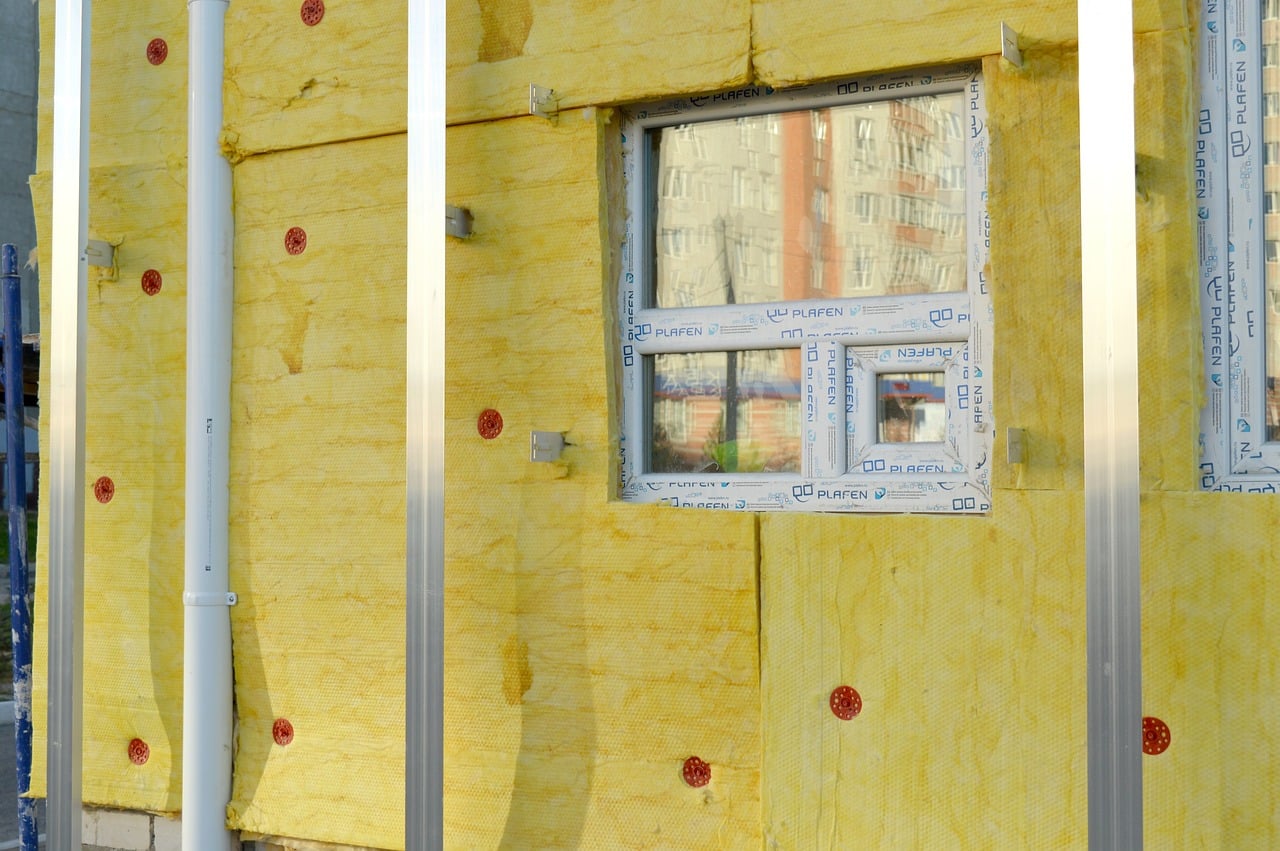In these modern times, thermal insulation has a vital role to play in our buildings. It’s about more than maintaining a comfortable temperature in our homes and offices. Thermal insulation contributes significantly to energy efficiency, reducing the demand on heating and cooling systems, and consequently leading to substantial energy savings.
It’s clear that the materials and methods we utilize for insulating our buildings shape our energy consumption, the comfort we experience, and our commitment to an environmentally-friendly lifestyle. This article aims to guide you through the importance of thermal insulation, the materials employed, and various systems used to ensure top-notch insulation performance.
In parallel : Shoe storage ideas
The Essentiality of Thermal Insulation
The primary role of insulation is to create a barrier between the interior of a building and the outdoor environment. This barrier helps to keep heat in during the colder months and out during the warmer months, thereby maintaining a steady indoor temperature.
Using thermal insulation reduces the reliance on air conditioners and heating systems, leading to a substantial decrease in energy consumption. This is not only beneficial for your wallet but also for the environment, as lower energy use translates to decreased greenhouse gas emissions.
Topic to read : How to choose the perfect sofa for a small living room?
Moreover, insulating your buildings ensures a comfortable living or working environment. It prevents drafts, condensation, and excessive temperature fluctuations, enhancing the overall indoor experience.
Insulation Materials and Their Performance
The effectiveness of insulation is primarily determined by the type of material used. Today, various insulation materials are available, each with its own unique properties and performance levels.
For instance, foam insulation is renowned for its high R-value, a measure of thermal resistance, making it an extremely efficient insulator. It’s often sprayed into gaps and cavities, forming an air-tight seal.
Other common types of insulation materials include fiberglass, mineral wool, and cellulose. Fiberglass is lightweight, affordable, and easy to install, making it a popular choice. Meanwhile, mineral wool offers excellent fire resistance, and cellulose, typically made from recycled paper, is an eco-friendly option.
Understanding the Insulating System
The insulation system involves more than just choosing the right material. It’s also about how this material is installed and where it’s used in the building.
In walls, for instance, insulation should be installed in both the exterior and interior walls to prevent heat transfer. In addition, insulation must be placed in the attic, the roof, the basement, and the floors to ensure a comprehensive thermal barrier.
Methods of installing insulation vary based on the material type and the area of the building. For example, foam insulation is typically sprayed, while fiberglass, mineral wool, and cellulose might be blown in or installed as batts.
Energy Efficiency and Insulation
Thermal insulation is a cornerstone of energy-efficient building. By reducing the need for heating and cooling, insulation decreases energy consumption and thus, energy costs.
Moreover, thermal insulation contributes to a building’s overall energy performance. A well-insulated building will maintain a more consistent temperature, reducing the demand on the HVAC system and promoting its longevity.
There’s also the environmental aspect to consider. Buildings are responsible for a significant portion of global energy use and CO2 emissions. By improving insulation, we can significantly reduce this impact, contributing to a more sustainable future.
The Future of Insulation
The world of insulation is continuously evolving with new materials, techniques, and technologies emerging. For instance, phase-change materials, which store and release heat, offer promising potential for future insulation.
Moreover, there’s growing interest in sustainable insulation materials. These might include sheep’s wool, hemp, or recycled materials. While these may not yet match the performance of traditional insulating materials, ongoing research and development could well change that.
Understanding the importance of thermal insulation is the first step towards creating more comfortable, energy-efficient buildings. By selecting the appropriate materials and systems, we can ensure top-notch insulation performance and contribute to a more sustainable future.
Remember, a well-insulated building is not only beneficial for those inhabiting or using it, but also for the environment. In the long run, the time and resources invested in proper insulation will undoubtedly pay off.
Advanced Techniques in Thermal Insulation
In recent times, the realm of thermal insulation has seen the arrival of innovative techniques and materials aimed at improving heat isolation and energy efficiency. Nanotechnology is one of those technological advancements that could revolutionize thermal insulation. Nanotechnology, when applied to insulation material, can reduce heat transfer significantly, making it more efficient than traditional materials.
Infrared-reflective coatings, another innovation in the field, reflect radiant heat instead of absorbing it, helping to keep structures cool. Meanwhile, vacuum insulation panels have the highest insulating capacity among all types of insulation. These panels are composed of a nearly airless space, reducing the possibility of heat transfer through conduction or convection significantly.
Moreover, aerogel, also known as frozen smoke, is a synthetic porous ultralight material derived from a gel, in which the liquid component has been replaced with a gas. Aerogel has incredibly low thermal conductivity, making it an excellent insulation material. Though it’s currently quite expensive, ongoing research might soon make it a more affordable option.
These technological advancements and new materials are making thermal insulation more efficient than ever before. By continuing to invest in research and development, we can hope to see even more improvements in insulation materials and methods, leading to greater energy savings and reduced energy costs.
Conclusion: The Noteworthy Benefits of Thermal Insulation
To sum up, thermal insulation has a pivotal role in our buildings, shaping our comfort, energy efficiency, and environmental sustainability. The choice of insulation material, combined with the insulation system employed, determines the building’s thermal performance and the resultant energy savings.
Furthermore, the advancement of science and technology is pushing the boundaries of traditional insulation, with new materials like aerogel and techniques like nanotechnology offering superior thermal performance. With the increasing global emphasis on reducing energy consumption and mitigating climate change, the importance of thermal insulation is more significant than ever.
Aside from the obvious cost savings on energy bills, well-insulated buildings contribute to a more sustainable future by reducing CO2 emissions and conserving natural resources. The benefits of thermal insulation extend beyond the individual to society at large, emphasising the need for widespread adoption of high-quality insulation in buildings.
The importance of understanding and effectively using thermal insulation cannot be overstated. As we move forward, we must strive towards creating buildings that are not only comfortable and efficient but also environmentally responsible. With the right knowledge and materials, we can achieve an equilibrium between comfort, energy efficiency, and sustainability in our buildings.











